There’s a pervasive stigma when discussing video game sequels, an idea that each subsequent entry has to radically shake up formulas in order to remain relevant. But more so than other art forms, video games are tech products too — iteration should be just as important as innovation. Even so, most major game sequels have nuanced additions and changes that will be monumental to any long-time player, while providing something novel for new players — and Nintendo’s third-person shooter Splatoon 3 certainly falls into both camps.
Objectively, Splatoon 3 is the most fully featured Nintendo game since Super Smash Bros. Ultimate. It vastly improves on what the first two titles have established and adds quite a bit that veterans will fixate on. Even so, it’s high-quality enough that players will be stuck in it for quite some time. Dare I say; this is the hippest that Nintendo has ever been.
Smells Like Teenage Splatting
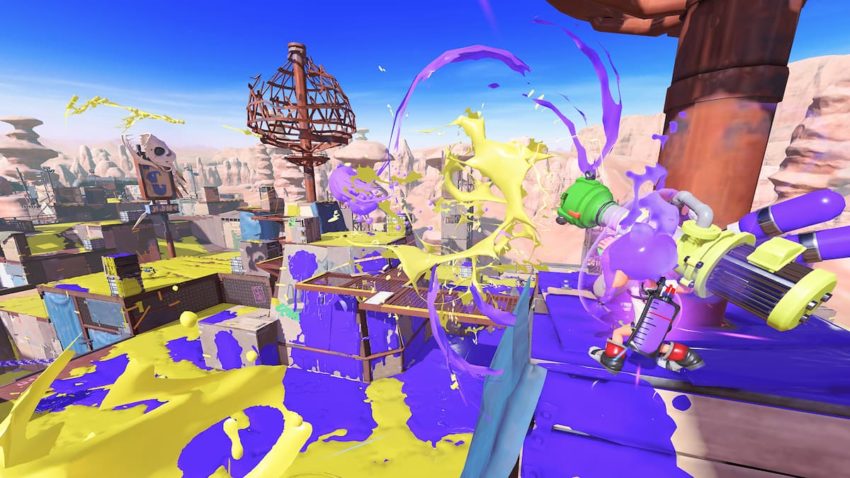
Out of all Nintendo franchises, Splatoon is the most focused on aesthetics and style, but it has the substance to back it up. The series’ lore borders between silly and compelling, but this is a fully realized world. Every weapon and piece of clothing has an in-universe fictional brand behind it, and all of the songs featured in multiplayer battles are diegetic, each composed by a fictional band within the game’s lore.
Taking place five years after Splatoon 2 — the same length of time that game was released — Splatoon 3 uses the Splatlands as its primary setting. The opening of Splatoon 3 features vast desert landscapes and post-post-apocalyptic visuals, but you’ll end up in the Splatsville hub, a much larger city than the Shibuya-inspired hubs in the first two games.
This is the hippest that Nintendo has ever been.
The real passage of time shows — the multiplayer stage called Scorch Gorge, taking place in a sandy wasteland, features a spawn point from the older games, covered in a tarp to indicate how outmoded the technology is. Nowadays, Inklings and Octolings, the playable characters of Splatoon 3, spawn using portable drones. Meanwhile, Inklings and Octolings have grown in age; the character of Murch had a growth spurt; battle songs from the first two Splatoons now play in the multiplayer lobby as muffled background music the same way oldies play in your local Target.
Yes, the world of Splatoon 3 is built on the familiar foundation of the first two games, but like how your hometown gradually changes over the years, there are enough differences within its trappings that poke at your brain.
Four games in one
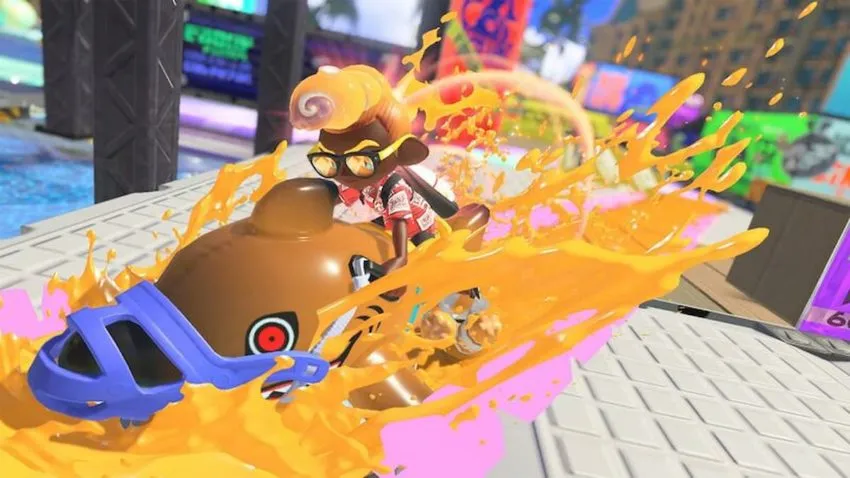
The core of Splatoon 3 is still its multiplayer component, namely the standard Turf Wars game mode and the various ranked and objective-based Anarchy Battles. Standard matches are still three minutes in four-versus-four matches, and all of the base main weapons in Splatoon 2 return, with two new ones — the Tri-Stringer and the Splatana. New to the toolset of movement options are the Squid Roll and the Squid Surge, which I look forward to seeing players take advantage of in high-level play.
This is the same gameplay I fell in love with through the original Splatoon release on Wii U, and looking back on that title, it’s impressive how the visual fidelity of the series has improved, even though the Switch isn’t that significantly more powerful. The ripples made in ink as your character swims through it, the way the light shines on ink surfaces, and other details such as overall shadows and textures are improvements I picked up on. Characters are also a lot more expressive through animations, especially with victory emotes — it’s also quite bizarre to see emotes in a Nintendo game reference real-life phenomena like dabbing.
There’s no need to reinvent the wheel with Splatoon 3, but it would be interesting to see some shake-ups of some of the ranked modes. Perhaps it’s just personal ire, but the Clam Blitz mode has always felt esoteric to me, so I wouldn’t mind a retooling (or honestly, even a replacement). Still, Splatoon 3 looks great and especially sounds great — the battle songs are total bangers, closer to the punk and metal sound of the first Splatoon.
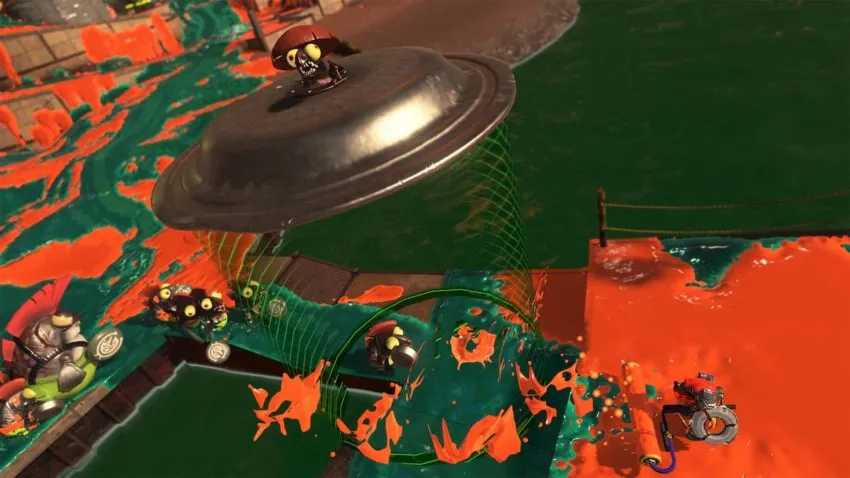
PvE mode Salmon Run is back in full force, featuring the same anti-corporate snark from its dialogue and the breakneck mass chaos of its gameplay. A “horde mode” in a multiplayer game feels like a holdover from the Xbox 360 era, yet Salmon Run is arguably the most addicting part of Splatoon 3, thanks to the quickness of sessions and its general unpredictability. And the new ability to throw Golden Eggs is such a small addition, yet you’ll wonder how you were ever able to play Salmon Run in Splatoon 2 without it.
New Boss Salmonids provide additional challenges, and the possibility of a King Salmonid appearing at the end of your session offers a new incentive to keep playing. If there’s anything I’d knock Salmon Run for, it’s that it can be too frantic to the point of absolute frustration; the screen can get a bit crowded and turn into a visual mess.
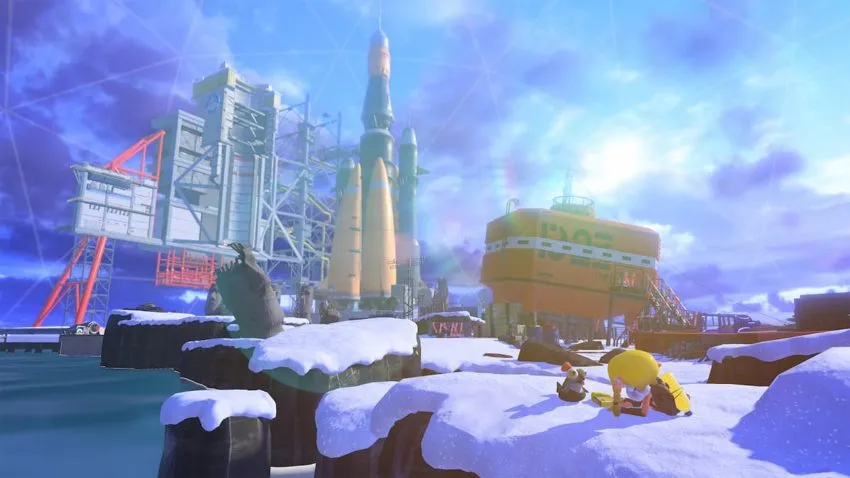
Every Splatoon game has featured a single-player “Hero Mode” campaign, and this third one, titled “Return of the Mammalians,” is definitely the best yet. There was a simplicity to the first two games’ Hero Mode that made them a tad bit forgettable — both even featured the same final boss at the end. Splatoon 3’s singleplayer subverts this in its prologue, which feels almost like self-parody until the game finally opens up in the new area of Alterna.
Taking place in a large crater with an artificial sky, multiple biomes, and some sort of space center, it’s quite a far cry from the usual Splatoon metropolitan setting, almost having a Horizon Zero Dawn feel to its story. While Hero Mode still takes you through various individual obstacle course-like levels, Splatoon 3 takes a page from Octo Expansion with an in-game currency-based style of progression and the addition of challenging objective-based levels. By racking up Power Eggs, you can use your Little Buddy (a Salmonid Smallfry) to get rid of fuzzy ooze and unlock more parts of the Alterna map, giving a sense of discovery and exploration within the hub. It also helps that Return of the Mammalians is a lot more generous than the brutal Octo Expansion — I gained enough Power Eggs to reach the final stage while skipping about half the levels in the campaign.
Finally, there’s a new mode called Tableturf Battle, an in-game card game. Admittedly, this is the mode I spent the least time with — probably out of my lack of experience with deck builders and how much of a tangent it feels gameplay-wise. Basically, each card lets you take up squares on a grid, with each card having a different shape and effect. The art of each card is cute, and the way this game translates standard Splatoon concepts into a card game is quite creative. But with a separate progression track and the lack of any online PvP at launch, I’m admittedly not very motivated to stick with it.
A time s(ink)
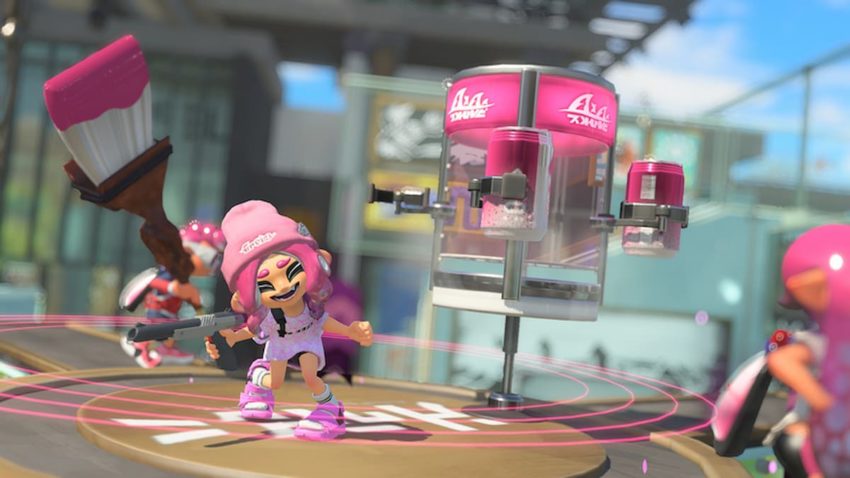
Talking about progression in a Nintendo multiplayer game is strange, but you know that the company is paying attention to trends when they include a Battle Pass-like system in Splatoon 3. Taking the form of a Catalog, there are 100 (free!) tiers of content to unlock per season, and Nintendo has already said that there will be two years worth of these seasons. Catalog progress comes from multiplayer matches and Salmon Run sessions, though it’s unclear if these rewards are available after a season ends.
Couple that with your overall multiplayer level, your ranked mode standings, Salmon Run rewards and job titles, a Tableturf Battle leveling system, Freshness levels for your weapons, and ranks and abilities to gain for each piece of gear you use, and there’s a lot to keep track of and juggle in Splatoon 3. On one hand, it’s nice to have the option to jump into a Splatoon 3 session and be able to choose what aspect you want to work on. But it’s both exciting and frightening to see Nintendo brushing closer towards live service games.
As mentioned, these rewards are all free, and there have yet to be any indications of microtransactions coming to Splatoon 3. Still, this is a game that will compete for your time. Game sessions are quick and respect your time, but think of the battle cash you’ll earn, the weapons you’ll buy to level up, how many times you’ll hit the gacha Shell-Out Machine, the loadouts you’ll make through scrubbing and rerolling your gear, the Super Sea Snails you’ll need via time-limited Splatfests, and so on. If the likes of Fortnite haven’t gotten to Nintendo kids yet, consider Splatoon 3 an indoctrination of the modern GaaS.
The verdict
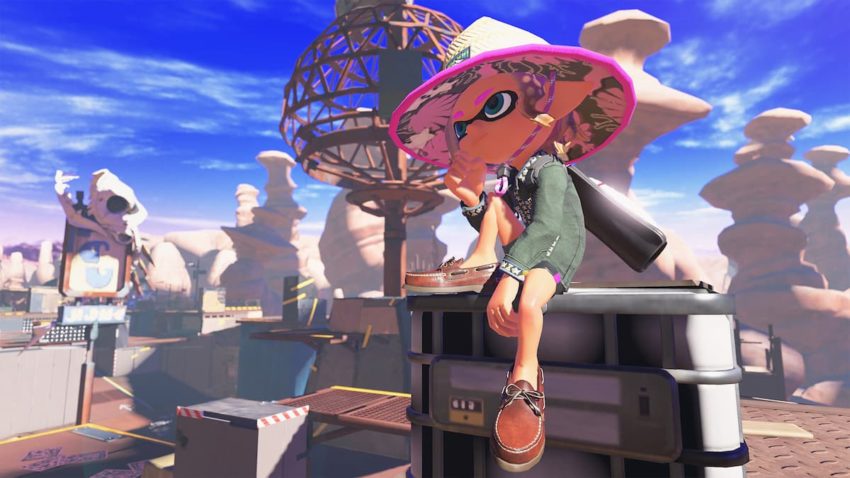
The main themes of Splatoon 3 and its setting of Splatsville are chaos and anarchy — there’s something almost chaotic about how this game is structured and organized, with so many activities and ways to progress. But the anarchy of Splatoon 3 comes more from creative anarchy, letting players freely express themselves aesthetically through lockers, Splashtags, and as always, their outfits. It’s well-reflected through Deep Cut, the idol group of Splatoon 3, and the band’s music, which contains bits of different and clashing real-life cultures.
Splatoon 3 isn’t just another sequel — it’s the best version of Nintendo’s boldest franchise in years.
Splatoon is such a striking series that it hurts to see Nintendo-isms surrounding online multiplayer hamper it. While players can finally form proper multiplayer parties, it’s a contrived process. It’s also impossible to leave a session during matchmaking, and any player instantly dropping out ends a match — not to mention the game is riddled with “communication errors.” And there’s also an overdependence on the Nintendo Switch Online mobile app; for example, you can’t view all 100 tiers of a Catalog in-game, but instead, you have to look at it on your phone.
Ultimately, Splatoon 3 is more than an also-ran in the echelons of online multiplayer games. To wave it off as “more of the same” is reductive because it undervalues how “more of the same, but better and with new stuff” is a positive point for a video game. Splatoon 3 isn’t just another sequel — it’s the best version of Nintendo’s boldest franchise in years.
Final Score:
9 / 10
| + | The same solid shooting gameplay, with improvements |
| + | Nintendo’s best graphics and audio on the Switch |
| + | A vastly improved singleplayer mode worth playing |
| + | Endless replay value (for now) through its numerous modes |
| – | Nintendo is still stuck in the past in some technical regards |
Gamepur team received a Nintendo Switch code for the purpose of this review.

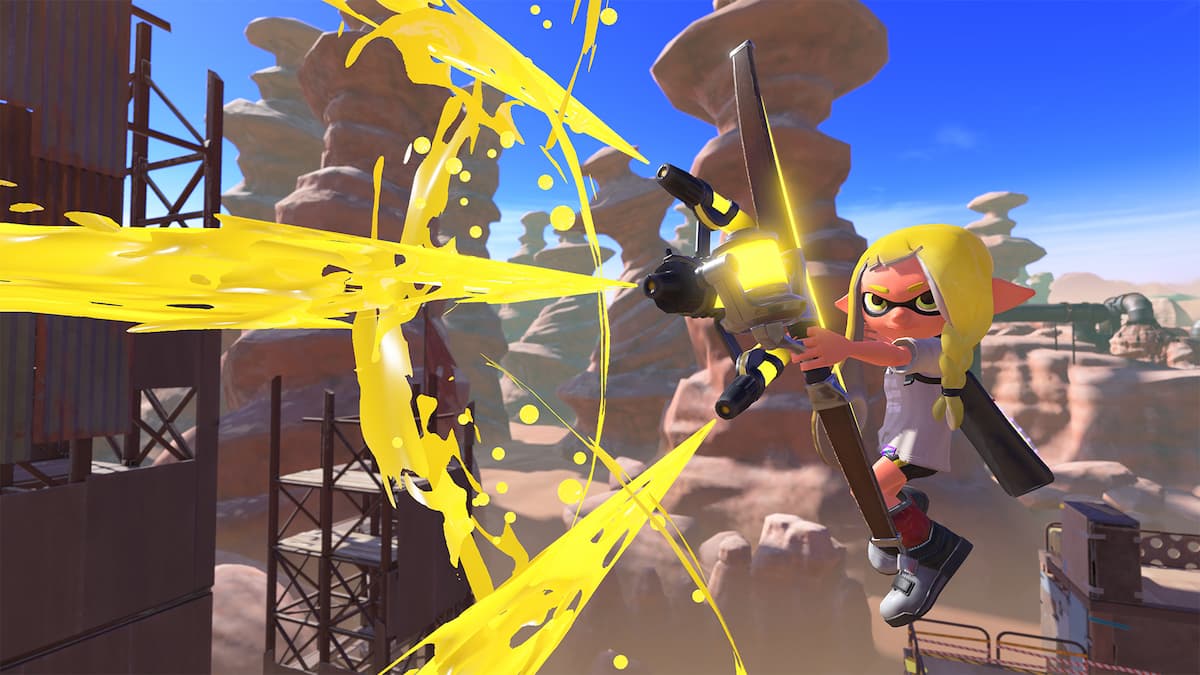
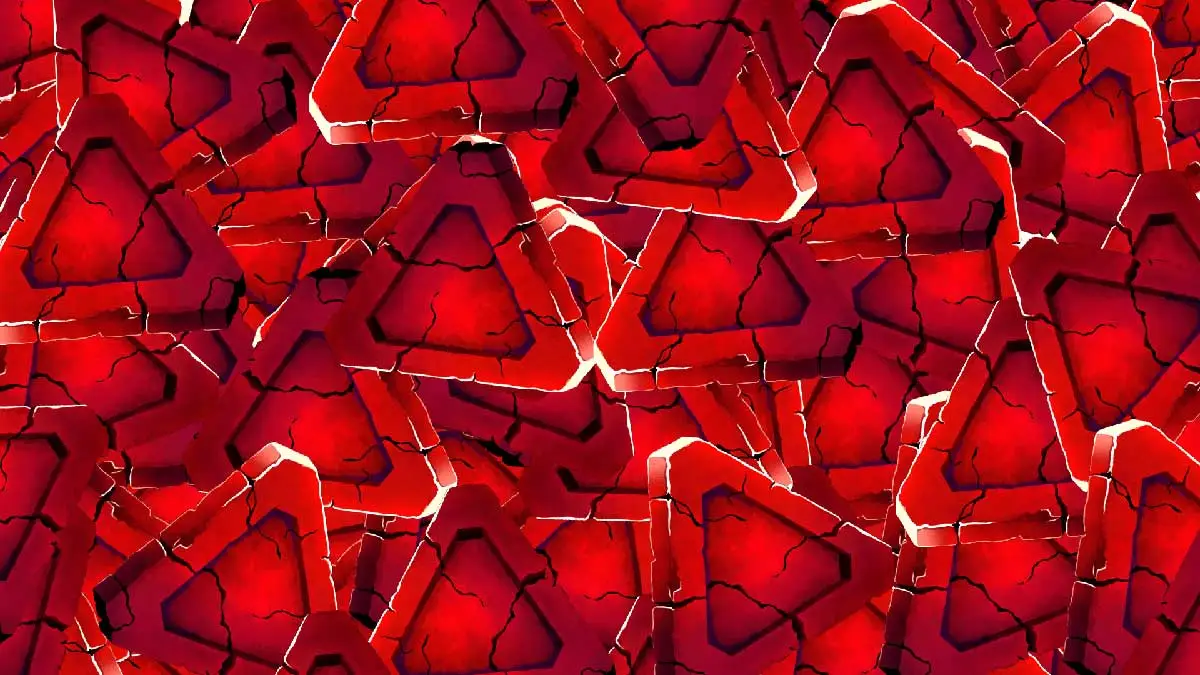
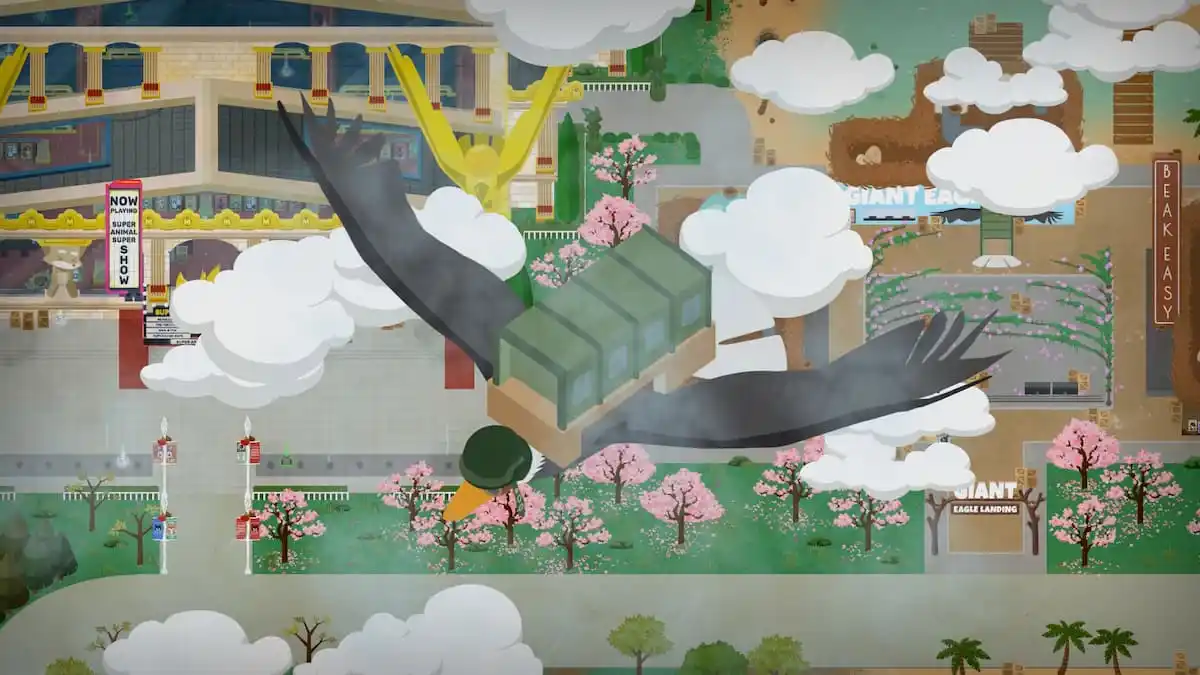

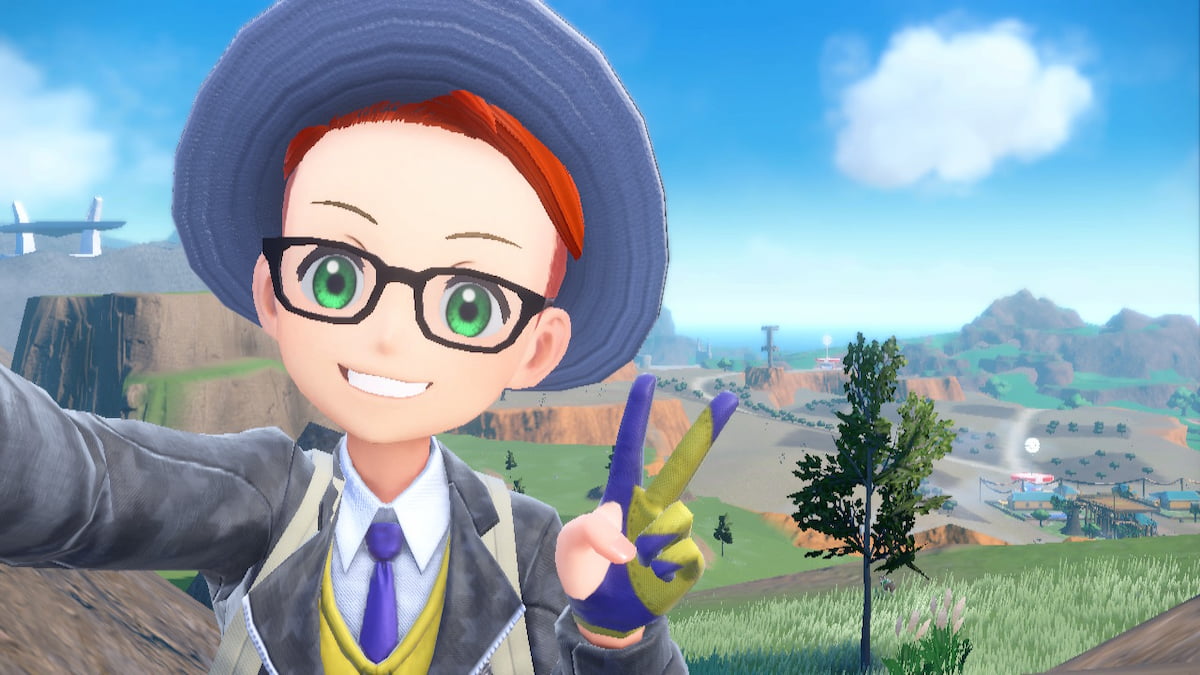
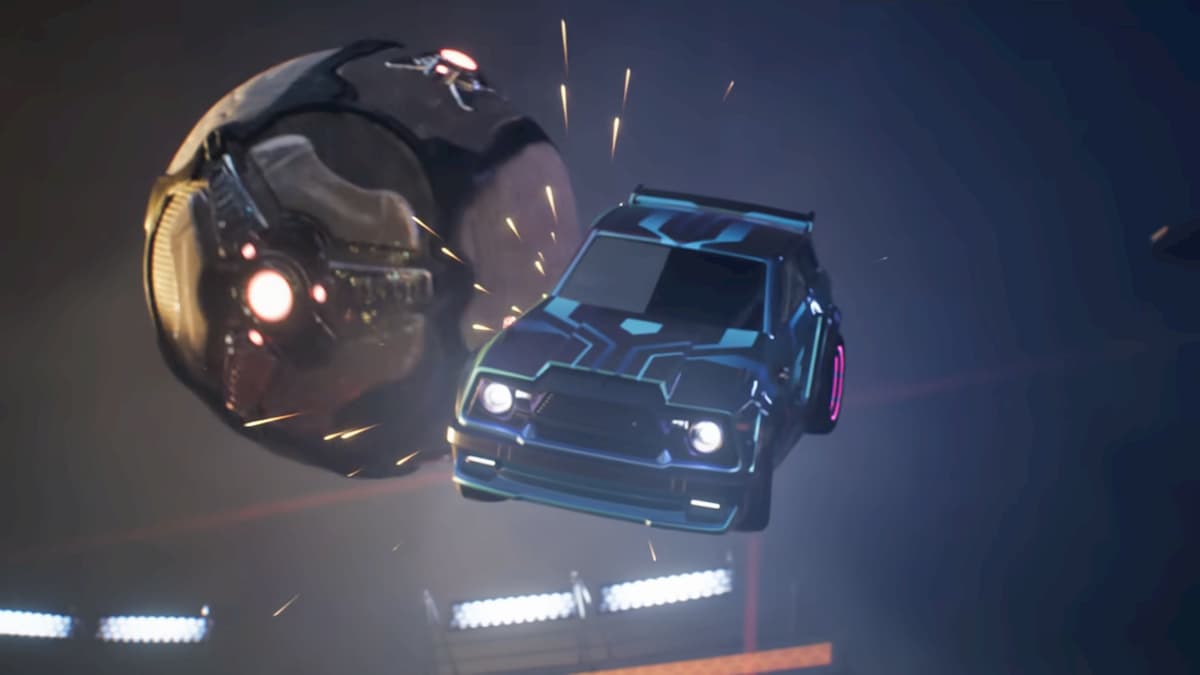
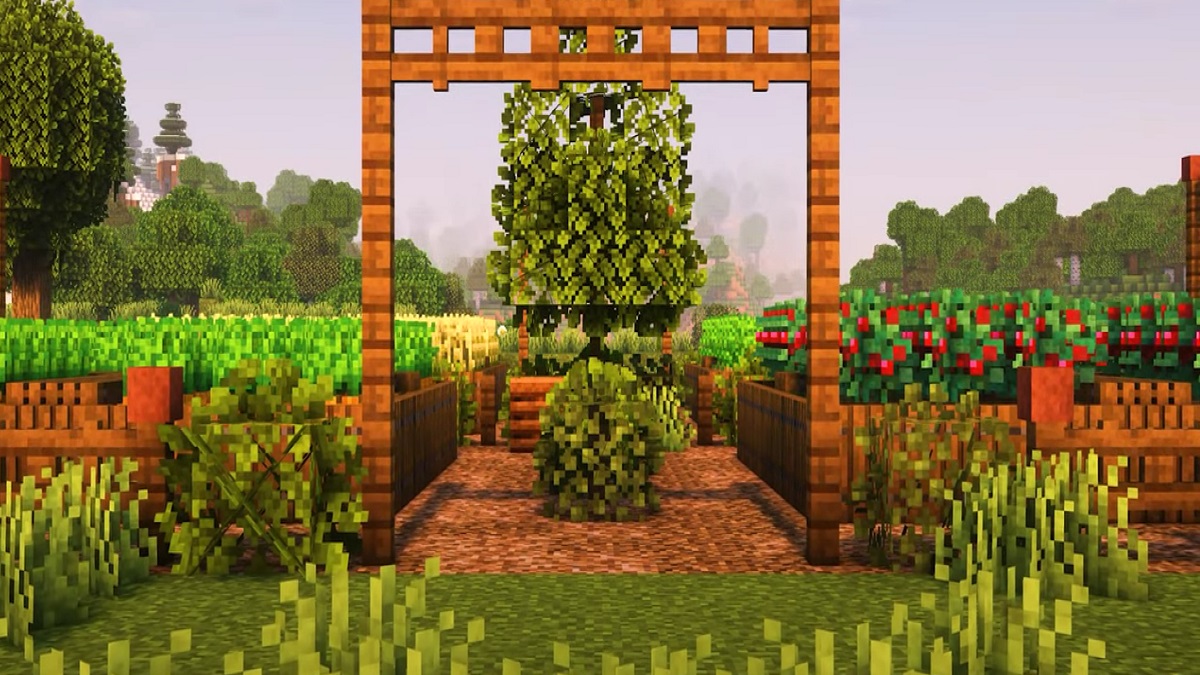
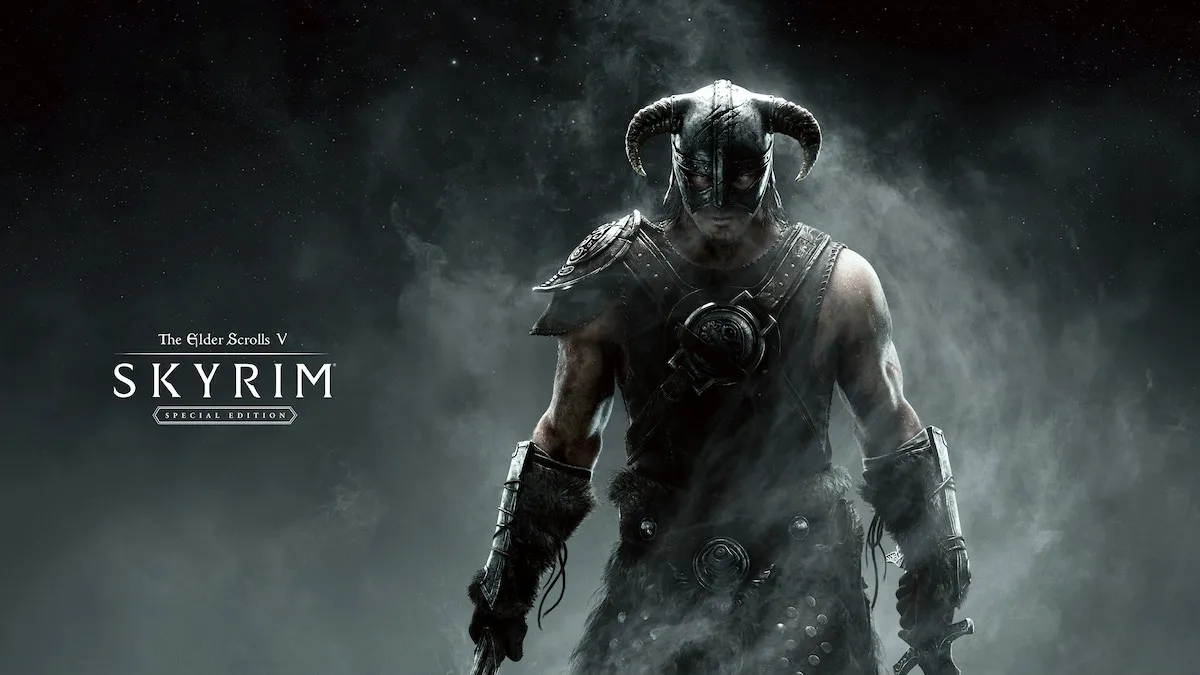
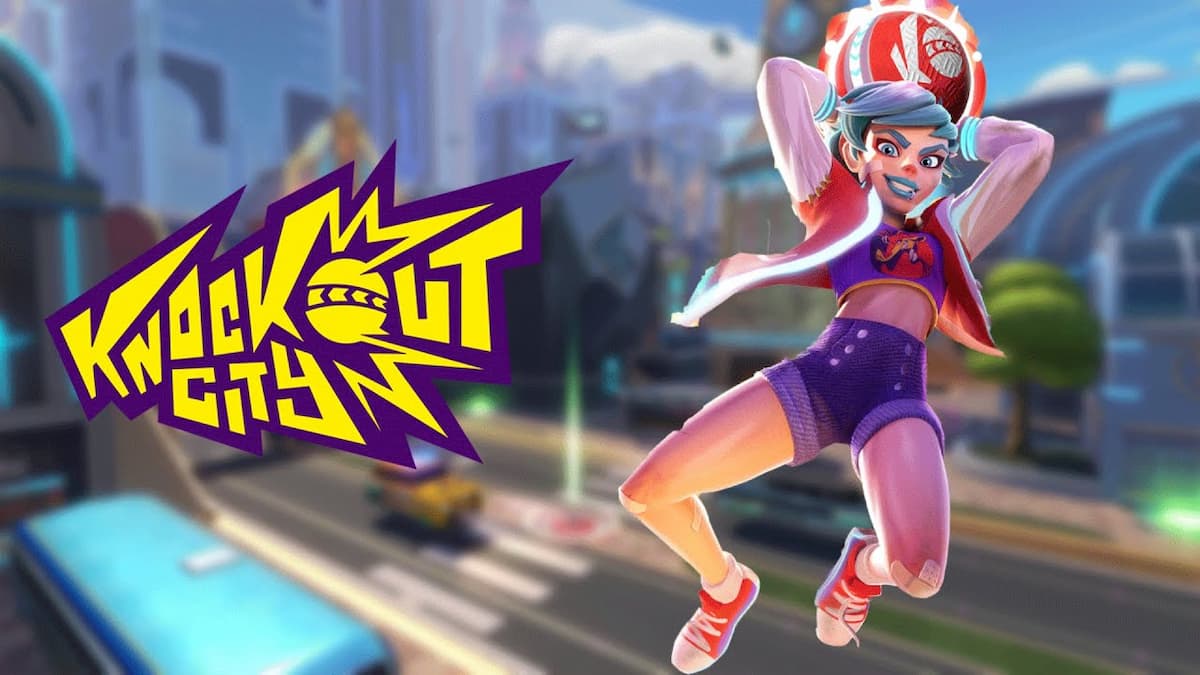
Published: Sep 23, 2022 11:00 am